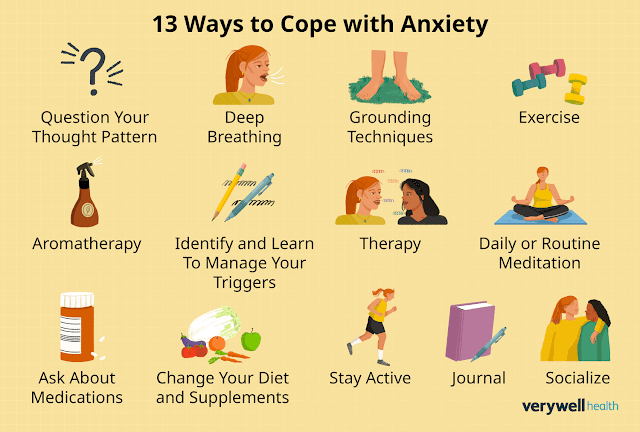Understanding Anxiety: Causes, Symptoms, and How to Cope
Understanding Anxiety: Causes, Symptoms, and How to Cope
Understanding Anxiety: Causes, Symptoms, and How to Cope
Anxiety, an ever-present emotion, often appears when uncertainty or worry clouds the mind. The heart races, thoughts spiral, and a sense of unease settles in, making even the simplest tasks feel overwhelming. While occasional nervousness is a natural response to life’s uncertainties, persistent anxiety disrupts daily balance, leaving one exhausted and restless. Recognizing the nature of anxiety, its origins, and ways to navigate through it can bring clarity and a sense of control.
1. Unraveling the Roots of Anxiety
Anxiety arises from various factors, both internal and external. Past experiences, genetic predisposition, and environmental triggers contribute to the development of anxious feelings. A demanding workload, strained relationships, or unexpected life events may heighten emotional distress. The mind, conditioned to anticipate danger, sometimes perceives harmless situations as threats, reinforcing anxious patterns.
2. Recognizing the Signs That Anxiety Manifests
Emotional tension reveals itself in many forms, from an unshakable sense of worry to physical unease. Rapid heartbeat, shallow breathing, and muscle tension often accompany anxious thoughts. Restlessness, irritability, or difficulty focusing may signal an overwhelmed nervous system. Sleep disturbances, digestive discomfort, and persistent fatigue further indicate heightened stress levels.
3. The Influence of Thought Patterns on Emotional Well-Being
The mind’s tendency to dwell on uncertainties magnifies distress, making challenges seem insurmountable. Fear of failure, excessive self-criticism, or constant over-analysis reinforce cycles of anxiety. Recognizing unhelpful thought patterns and consciously redirecting focus toward constructive perspectives eases mental tension. Shifting internal dialogue from self-doubt to reassurance fosters emotional resilience.
4. The Role of Lifestyle in Managing Anxiety
Daily routines influence emotional stability more than one might realize. Inconsistent sleep patterns, excessive caffeine intake, or prolonged screen exposure disrupt the body's ability to regulate stress. Physical movement, nourishing meals, and intentional moments of rest restore balance, creating a foundation for mental well-being. Small adjustments, practiced consistently, strengthen emotional resilience.
5. Finding Comfort in Breath and Stillness
A racing mind often finds solace in simple breathing exercises. Deep, steady breaths signal the body to release tension, bringing clarity to clouded thoughts. Meditation, quiet reflection, or guided relaxation techniques encourage a sense of inner calm. Pausing, even for a brief moment, allows space to reset and regain composure.
6. The Power of Connection and Shared Understanding
Speaking openly about struggles lifts the weight of solitude. Trusted friends, supportive communities, or professional guidance provide reassurance in moments of uncertainty. Knowing one is not alone in their experience fosters strength and encourages healing. Shared understanding builds a sense of belonging, easing feelings of isolation.
7. Engaging in Activities That Bring Joy and Purpose
Dedicating time to fulfilling pursuits redirects focus from distress to enjoyment. Creative expression, time spent in nature, or engaging in hobbies nurtures emotional balance. Meaningful activities rekindle motivation, providing a renewed sense of purpose. The mind, when engaged in something uplifting, finds relief from cycles of worry.
8. Cultivating Self-Kindness and Patience in Healing
Overcoming anxiety requires patience, as progress unfolds gradually. Harsh self-judgment prolongs distress, while self-compassion eases the journey. Acknowledging personal growth, no matter how small, fosters a sense of achievement. Extending kindness to oneself strengthens emotional stability, reinforcing the ability to cope with challenges.
Navigating through anxiety requires understanding, intention, and consistent effort. Shaping daily habits to support emotional balance nurtures inner peace. By embracing moments of calm, shifting thought patterns, and seeking supportive connections, one cultivates resilience, easing the weight of anxiety over time.



Post a Comment for "Understanding Anxiety: Causes, Symptoms, and How to Cope"